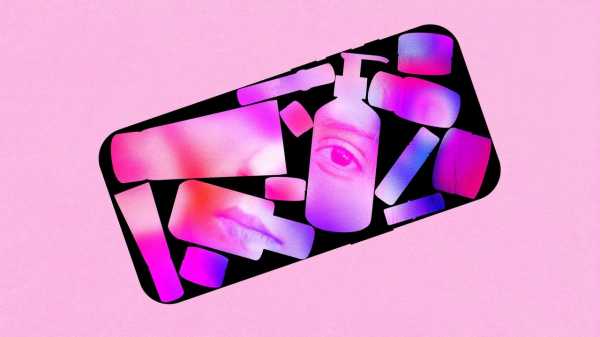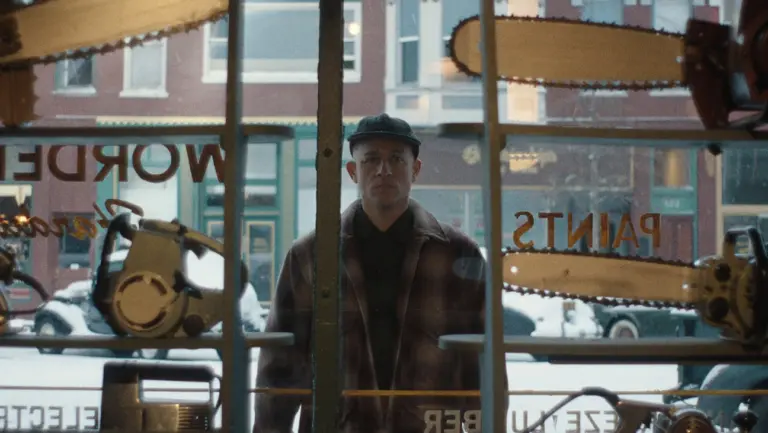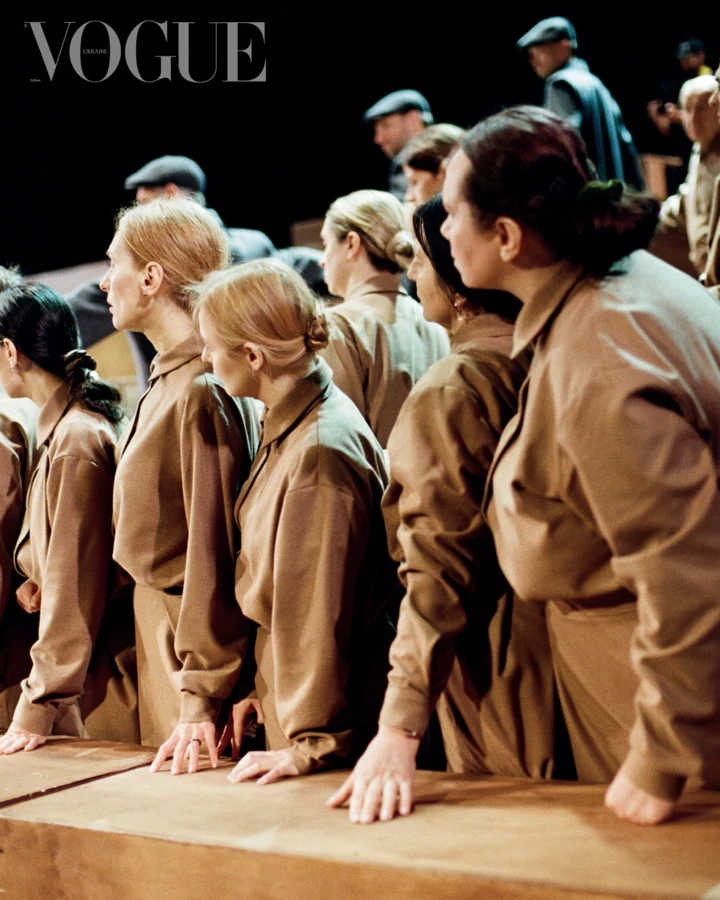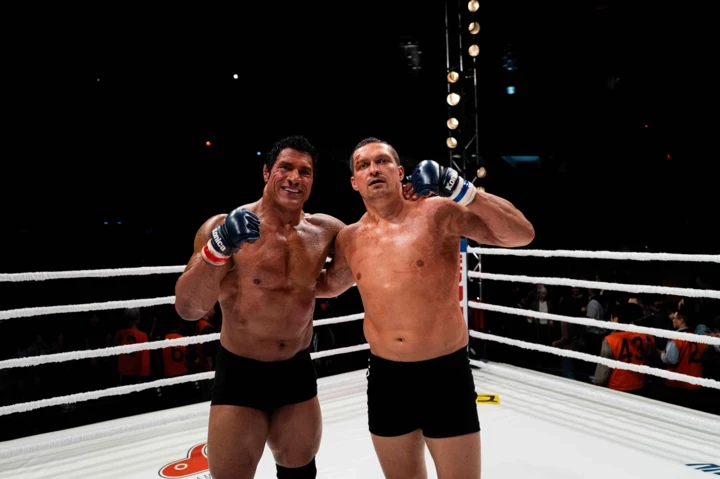
Save this storySave this storySave this storySave this story
Midday on a Thursday this summer in New York, I walked up Broadway in SoHo, toward Sephora, hoping that I wouldn’t see something. I had been reading—in the Times, the Washington Post, the Guardian, The Atlantic—about the tweens of Generation Alpha, and how they have gone wild for expensive beauty products. Apparently, these highly online children were buying and using things that even I, an indulgent grown woman, find too splurgey to experiment with: forty-eight-dollar Sol de Janeiro body butters, sixty-nine-dollar Drunk Elephant polypeptide moisturizers, twenty-six-dollar Tarte lip glosses. Local correspondents—i.e., friends who visit Sephora more often than I do—also reported regular swarms of preteens. I asked one friend, who has twelve-year-old twin daughters, if the Sephora-tween phenomenon was overhyped, a creation of the press and TikTok. “Oh girl, it is one hundred percent real, and it blows my mind,” she wrote back.
Before my SoHo visit, I created a blank-slate TikTok account and selected “beauty” as my only interest. Then I scrolled. Within minutes, I’d been shown a video documenting a nine-year-old’s skin-care routine and a branded post featuring a child influencer with the caption “Night time skincare for 6 year olds.” Soon I was watching a pair of elementary-school-age girls applying Drunk Elephant products and the video of an angry kid with the caption “POV: You tell your 9 year old she can’t use retinol.” (Retinol can help with acne, but is primarily known as the gold-standard anti-aging ingredient.) I went to Sephora’s Web site and looked up some of the products that the store carries from Drunk Elephant, a “clean” skin-care brand that was acquired by Shiseido, five years ago, for eight hundred and forty-five million dollars. At the bottom of the product pages, there were user questions and reviews. Below a sixty-dollar eye cream, the first user-submitted question asked: “is this ok for an 11 year old?” Two questions down: “can I use this at 13 if I’m only using a very little bit?” Next question: “is this ok for a ten year old, my skin does get dry and my undereyes sometimes get super dry, any other recamandations are good too! : )))).”
But the Internet, I told myself, can provide evidence to confirm almost any hypothesis. If I just went to a Sephora, especially on a weekday at 11 a.m., I would be reminded that people who buy expensive moisturizer are usually people who have jobs. As I walked up Broadway, I spotted, just ahead of me on the sidewalk, a preteen with braces, squealing at a college-age girl—an older sister, I assumed—that she was only going to buy one thing. The preteen walked in just before I did, picked up an eighty-dollar Vitamin C serum from the Drunk Elephant display, and skipped off as the college girl affably rolled her eyes. I approached a pair of employees and asked them if they saw a lot of tweens in the store. They let out simultaneous groans. “Girl,” one said. “They come in with their little lists, from TikTok, they know exactly what they want, and they laugh at you. Like, if you tell them they don’t need a serum, they will literally laugh.” Did their parents try to put the brakes on, I asked? “Oh, they’re by themselves,” the employee said. “They are unaccompanied. They have Apple Pay, and when they pull it up it’s Amex Platinum.”
I sampled a lip gloss halfheartedly and took a lap around the store. Most people here could vote, I observed with vague relief. But, as I opened the front doors back into the heat wave, a gaggle of new tweens happily buffeted me, vigorous ducks bustling past a rusted buoy in the sea.
Our Founding Fathers probably wore makeup at some point—in eighteenth-century America, upper-class men and women both did. Then, in the Victorian era, a broad moral skepticism about cosmetics took hold, an attitude that dominated until the early twentieth century, when putting on a face began to be seen as daringly cosmopolitan, and the makeup industry as we know it was born. By the end of the Second World War, makeup had become wholesome, even patriotic, albeit decidedly feminine. Cosmetics companies began marketing directly to teen-agers, and by the time I was in elementary school, in the nineties, a series of cheap drugstore brands—Bonne Bell, Wet n Wild, Jane, CoverGirl—offered a smooth, normalized ride from Dr Pepper-flavored lip balm, in third grade, to frosted blue eye shadow at the eighth-grade dance. As a kid, I read old novels—“Gone with the Wind,” “Little Women”—in which makeup was what girls tried on when they were flirting with adult wickedness. All of this was extremely exciting to me. My own mother barely wore makeup, and she didn’t hover over my free time, but, when I first started locking myself in the bathroom and caking on eye shadow from her gift-with-purchase Clinique palettes, the vague aura of taboo was an essential part of this activity’s appeal.
The nineties is also when Sephora, a French company, pioneered a new model of self-service in cosmetics shopping. Rather than buying products at a drugstore and trying them on at home, or testing higher-end wares under the supervision of department-store salesladies, one could, at Sephora, sample products freely. In other words, kids who would have attracted glares for mixing all the lip glosses at a Lancôme counter could go to a Sephora and play around in peace. Sephora opened its first U.S. store in 1998, in New York, and it came to Houston, where I grew up, not long after. I asked for a Sephora gift certificate that Christmas. My aunt, I recall, was mildly shocked: Sephora was right by the Victoria’s Secret in the mall, and the stores seemed aimed at the same audience (women, not eleven-year-olds) and at the same goal—making oneself alluring to men. But, really, I just wanted to shop at Sephora. I spent hours compiling a wish list, and ultimately winnowed it down to a single treasure, passing over the baby-blue Hard Candy nail polish and the Benefit Moon Beam highlighter and acquiring a disgusting pink frosted lip gloss from the brand Urban Decay.
Underneath this ecstasy of hypothetical and actual consumption was all the dire and prototypical gender stuff, obviously. I had wanted to be pretty since the moment I grasped that being so meant more easily procuring affection from my peers and approval from my superiors—something that’s as true in pre-K as it is in the workplace. By age eleven I understood, from reading magazines, that prettiness involved commitment in the form of ritual maintenance and consumer buy-in; glowing skin, I assumed, was attained exclusively through regular use of Bioré pore strips and Noxzema astringent face pads. Like most kids that age, I wanted to understand and participate in the future that I knew was ahead of me. I couldn’t drive, earn my own money, go to real parties, or have exciting love affairs like the ones in “Dirty Dancing” or “Grease.” But I could do face masks and put on blue mascara, and thus begin my education in the clusterfuck of pleasure, obligation, trap, and advantage which is contemporary girlhood.
Presumably, most Sephora tweens today are similarly getting a lip gloss or two on their birthdays, and not regularly strolling up to the SoHo flagship to purchase three hundred dollars’ worth of Drunk Elephant on Apple Pay. (I asked Sephora about the company’s strategic relationship to Gen Alpha both as a consumer demographic and a sometimes disruptive presence in stores; the company declined to comment.) But these tweens are also living within the context collapse and compulsive instrumentalizing of everyday life that defines the age of the smartphone. They are on the same social-media networks as adult makeup and skin-care influencers; they are watching and even making the same types of videos, many with the same items. My peers and I were ineptly smothering our faces in drugstore eye shadow. These kids are mimicking the camera-tuned luxury aesthetic of semi-professionals whose makeup tutorials they’ve seen on their phones.
One TikTok video stuck with me especially. It featured a twentysomething influencer wearing the same bubble-crown headband that I’d seen on basically every one of the hundreds of children and adults who I’d found, with a single flick of my finger, ministering to their face for an audience of strangers. The video was addressed to “10 year olds at Sephora.” “Like, skin care in general,” the influencer said, before rubbing an ice roller over her cheekbones. “Why are you guys so obsessed with it? Like, I’m obsessed with it, but that’s because I want my skin to be perfect. A ten-year-olds’ skin is already perfect. I’m literally jealous of your guys’s skin, and I feel like you don’t need all these skin-care products to make your skin look good because it already does look good.” Switching to a jade roller, she pointed out that kids don’t have wrinkles, or fine lines, or dark spots—why were they bothering? In the comments of the video, one viewer, presumably a child, explained her use of fancy products: “I get fro bday.” Another observed, “It is bc you guys bc you film your skin care and it seems cool.” This influencer, it’s worth noting, didn’t appear to have wrinkles, fine lines, or dark spots, either. I looked her up on FamousBirthdays.com. She’s twenty-six.
Five years ago, I spent a long time thinking about Instagram Face, the phenomenon of young and professionally beautiful women acquiring uncannily similar features through a set of injections and surgeries which replicated, on the canvas of algorithm-friendly faces, the beauty filters available on social-media platforms. At the time, I found this bleak phenomenon almost pleasant to contemplate; it felt interesting in the manner of a George Saunders story. The idea of a future in which it was simply assumed that adult women with disposable incomes would regularly inject neurotoxins and gel-like substances into their faces still gave off the shimmer of the novel and surreal.
This no longer feels novel. It’s not something that people even really talk about. What is there to say? Movie stars in their mid-thirties appear on red carpets with frozen foreheads, plumped lips, lifted brows. In many social strata, the regular, procedural alteration of one’s face has become more or less normalized once one is past the age of thirty—not just on the coasts, but in cities and suburbs all across the country, and not just among women: the number of men getting Botox-type injectables from plastic surgeons doubled between 2020 and 2023, to more than half a million. The total number of Botox and filler procedures performed annually by plastic surgeons roughly doubled during that period, to nearly sixteen million. The actual number is certainly much higher: these figures come from the American Society of Plastic Surgeons, which doesn’t tabulate the total number of procedures performed at medical spas. There are over eight thousand medical spas in the United States, more than the number of licensed plastic surgeons practicing in the country.
The Sephora tweens, for their part, seem to be borrowing some of the self-care language that was dominant in the adult beauty world two Presidential-election cycles ago. According to this line of thinking, taking care of your face is a way to luxuriate in personal pleasure and exert control over your life. But adults have largely moved on from all that; no one is fooling anyone by quoting Audre Lorde in blog posts about lip balm anymore. The earnest language of corporate-approved wellness disappeared from the mainstream somewhere around 2020, along with the figure of the girlboss (who often relied on that very language). The mood regarding beauty—and also culture, politics, and whatever it is we’re all doing—is raw, pragmatic, aggressive. The deference to brute material reality comes a lot faster these days.
Style and technology have reinforced this shift in convoluted loops. A few years ago, body-positive influencers began taking Ozempic, as fashion swung back toward the early-two-thousands aesthetic of lingerie tops and exposed hip bones. With only a faint sheen of irony, the aesthetic referenced a nadir of progressive values in pop culture, a time when tabloids published upskirt photos on their covers while Disney stars pledged their virginity until marriage. The return to that mood is undergirded by a broader, Internet-influenced reactionary conservatism: a post-2020 impatience with “woke” ideals, and the influence of proudly misogynistic online male communities—incels, pickup artists, men’s-rights activists, etc.—that have been gathering power since the early two-thousands. These red-pilled men argue that women “hit the wall” around or before our thirties, when we supposedly lose our only source of power, which is our looks. This idea has worked its way into the collective consciousness as a simple social fact. When Anne Hathaway went on a press tour in 2023, at age forty, she was aggressively celebrated for—this was a shock to people—not looking old. I recently saw a picture of thirty-one-year-old Miley Cyrus, on X, captioned, “She is the definition of ‘aged like fine wine’. ”
During the past year, instead of sleeping, I often found myself scrolling Reddit in search of tips about how to get a baby to do so. Reddit’s algorithm then served up other forums that it deemed, with some accuracy, relevant to me. I ended up reading a lot of posts about skin care, often written by women my age who were afraid, in so many words, that they were hitting the wall. I saw an Instagram influencer in her early twenties getting Botox. A different influencer posted, “just turned 23 and decided to wait on getting any Botox so I’m forcing myself to stay consistent with my retinol.” An eighteen-year-old asked if they should get jawline Botox because their face was puffy. “i know there are some people whose face might change a bit in their early to mid twenties,” they wrote. “i’m not sure if that’s worth the wait and I should just get botox now.”
Botox and fillers are intended to make a person look younger. But, if they’re deployed by people in their twenties, or younger—in 2023, almost forty-four thousand people aged nineteen or under got Botox or filler from plastic surgeons—injectables often make people look older. In trying to halt the aging process, or maybe just mimic the look that is now associated with being rich and on camera, heavily injected twentysomethings bring on the future they were attempting to prevent. It is a dire ouroboros: yet even to observe it, as I’m doing now, reinforces the damage of the norms that have prompted it in the first place, by further scrutinizing these mostly female faces, and concluding that they have failed to carry out their purpose—to look pleasing and young. In this, the Sephora tweens and the twentysomethings getting Botox have something in common: they’re talked about as though they are aberrations, when, in fact, they’re a logical part of a damningly cohesive whole.
Not quite twenty years ago, Nora Ephron, at the age of sixty-five, published a book of essays titled “I Feel Bad About My Neck: and Other Thoughts on Being a Woman.” In one essay, she wonders why people write books claiming that it’s better to be older than to be younger, when, she insists, this is clearly not the case. At her age, she writes, your memory sucks, you can’t ride a bike very far, you’re irrelevant at work, and if you’re having sex at all, it is not the sex of your dreams. “Plus, you can’t wear a bikini,” she adds. “Oh, how I regret not having worn a bikini for the entire year I was twenty-six. If anyone young is reading this, go, right this minute, put on a bikini, and don’t take it off until you’re thirty-four.”
I was in my early twenties when I read that book, and I took her advice to heart, dressing in the spirit of the bikini for as many occasions as I could. It occurred to me this spring, at age thirty-five, when I bought my first-ever sensible swimsuit, that I had unconsciously abided by Ephron’s deadline. Like seemingly half the women in Brooklyn, I happened to be reading Miranda July’s novel “All Fours” at the time, and had dog-eared this quote: “So much of what I had thought of as femininity was really just youth.” These days, children want to look like tweens, tweens want to look like teen-agers, teen-agers want to look like grown women, and grown women—dreaming of porelessness, wearing white socks and penny loafers and hair bows—evidently want to look like ten-year-old girls.
Beauty, or our idea of it, is always rooted in deep desires, capitulations, and pathologies. It makes certain things so obvious. How we spend the present trying to secure the future, and thus squander what’s in front of us. How we fail to appreciate what we may later understand as an experience of unbelievable plenty: unlined skin, spare time on Saturdays, an Earth with a climate that can grow coffee beans. And then, when we glimpse the actual future, we pretend it’s not actually coming, or that we can invent our way into a world where it never will. ♦
Sourse: newyorker.com







